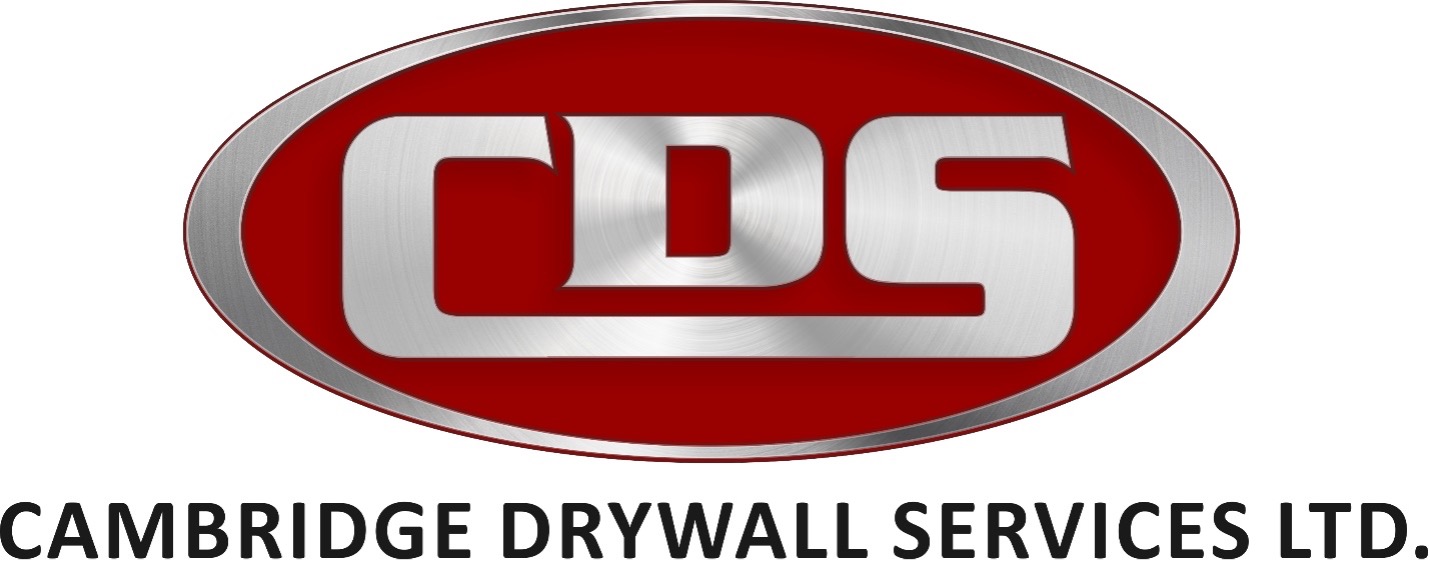
Demystifying the Drywall Process: A Deep Dive into Taping and Finishing
In the sphere of contemporary construction, drywall emerges as a quintessential component, lauded for its adaptability and efficiency. However, the true metamorphosis from plain sheets to elegant walls lies in the nuanced art of taping and finishing. This piece unveils the meticulous craft behind the seamless surfaces we often take for granted, celebrating the skilled professionals who turn construction materials into pieces of art.
Setting the Stage: Drywall Installation
Before the finesse of taping and finishing comes into play, the fundamental step of drywall installation sets the groundwork. Here, sheets of drywall are diligently mounted onto the building’s frame, creating the blank canvas upon which artisans will work. This stage involves the precision of aligning, fastening, and preparing seams for the transformative processes that follow.
Taping: Where Craftsmanship Meets Material
Taping is the cornerstone of crafting a uniform surface, marking the commencement of the drywall’s aesthetic phase. Specialists in this craft use premium paper or fiberglass mesh tape to bridge the gaps between sheets, ensuring a continuous surface. This process is pivotal for reinforcement, safeguarding the vulnerable intersections of drywall sheets from future cracking, all achieved with careful application and bonding with joint compound.
The Role of Joint Compound in Sculpting Surfaces
Commonly termed ‘mud,’ the joint compound is the unsung hero of drywall finishing. This multifaceted substance, available in diverse formulations, is integral from the initial taping coat to the final touches. Successive layers of mud, each broader than the last, delicately obscure the seams, gradually forming a surface where the joints surrender to the homogeneity of the surrounding drywall.
Sanding: The Pursuit of Perfection
Post-application of mud comes the critical phase of sanding. This stage is not for the heavy-handed; it demands a balance of pressure and delicacy to exfoliate the dried layers of joint compound without marring the surface. Achieving the zenith of smoothness is a testament to the prowess of drywall professionals, a skill often honed over years of experience.
Choosing Your Finish: Textured Versus Smooth
The journey from sheets to walls culminates in a critical decision: to texture or not to texture. The finishing touch, often reflective of artistic intent, can vary from understated textures to bold patterns, each adding a unique personality to the space. This final flourish is a nod to the design aspirations, whether seeking sleek modernism with smooth finishes or embracing the rustic charm of textures.
Beyond Technique: Celebrating the Artistry
Drywall taping and finishing transcend the realm of mere technique; they are an expressive blend of science and art. It’s where construction principles meet creative vision, transforming bare bones drywall into a masterpiece of design. The process underscores the expertise required to render seams invisible and surfaces impeccably smooth, ready for their tryst with paint or decorative endeavors.
Conclusion
As we unravel the intricacies of taping and finishing, it becomes clear that these processes are more than construction stages—they are a homage to the artistry embedded in our walls. The next time the smooth expanse of a wall catches your eye, it’s only fitting to appreciate the complex craftsmanship that turned humble sheets of drywall into an architect’s canvas.
FAQ
-
What is the purpose of taping and finishing drywall?
Taping and finishing drywall serve several essential purposes. Firstly, it conceals and reinforces the joints and seams between drywall sheets, preventing cracks from forming. Secondly, it creates a smooth and seamless surface ready for painting or other decorative treatments. Finally, it enhances the overall appearance of the walls and ceilings by eliminating visible imperfections.
-
How many coats of joint compound are typically applied during the taping and finishing process?
The number of coats of joint compound applied during taping and finishing can vary depending on the specific project and the desired level of smoothness. However, it’s common to apply at least three coats: the initial taping coat, followed by two or more finishing coats. Each coat is progressively wider to feather the edges and create a seamless finish.
-
Is it possible to achieve a textured finish after taping and finishing drywall, or is a smooth finish the only option?
While a smooth finish is a popular choice, it’s entirely possible to achieve a textured finish after taping and finishing drywall. Texture can be applied using various techniques, such as spraying, rolling, or hand-applying. The choice between a smooth or textured finish depends on design preferences and project goals.
For those seeking the best in the business, Cambridge Drywall Services offers unmatched expertise. With 20 years in the industry, serving both residential and commercial projects, we’re your go-to for top-tier drywall solutions. Connect with us today and experience the Cambridge Drywall difference.
